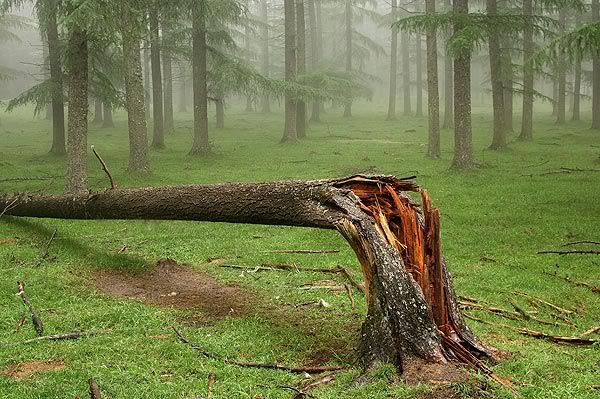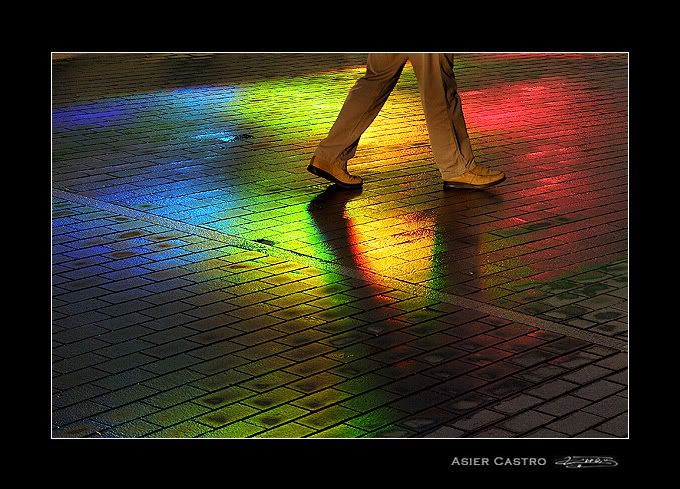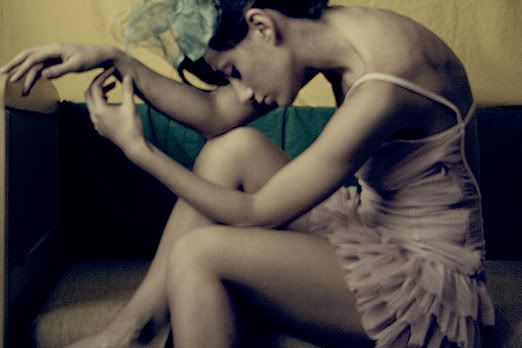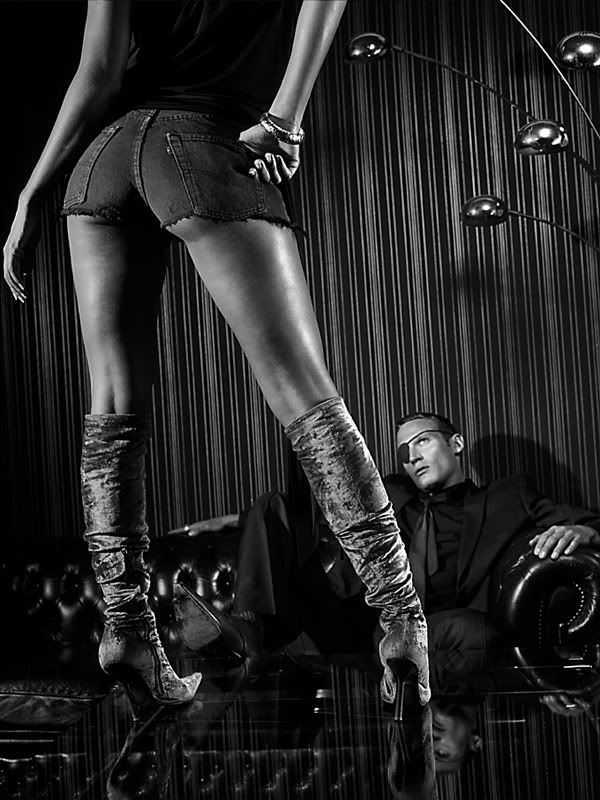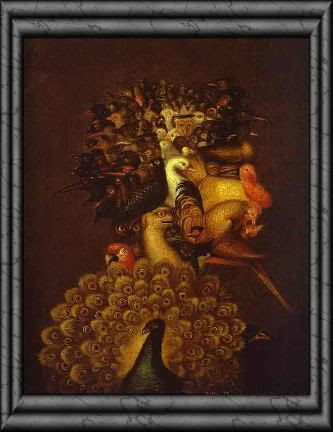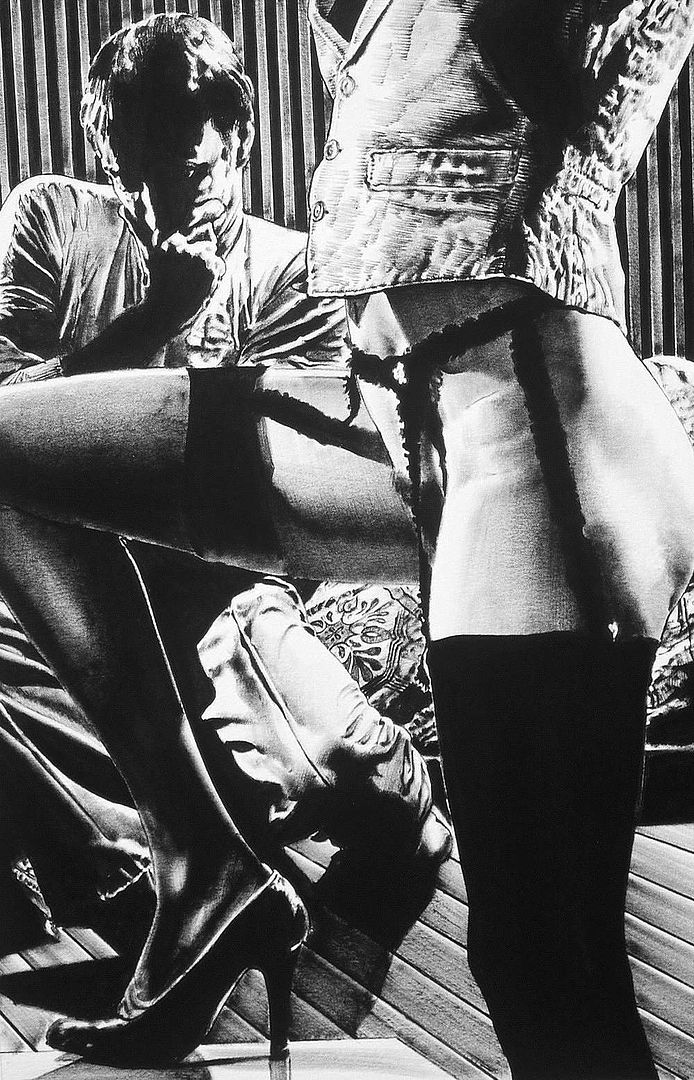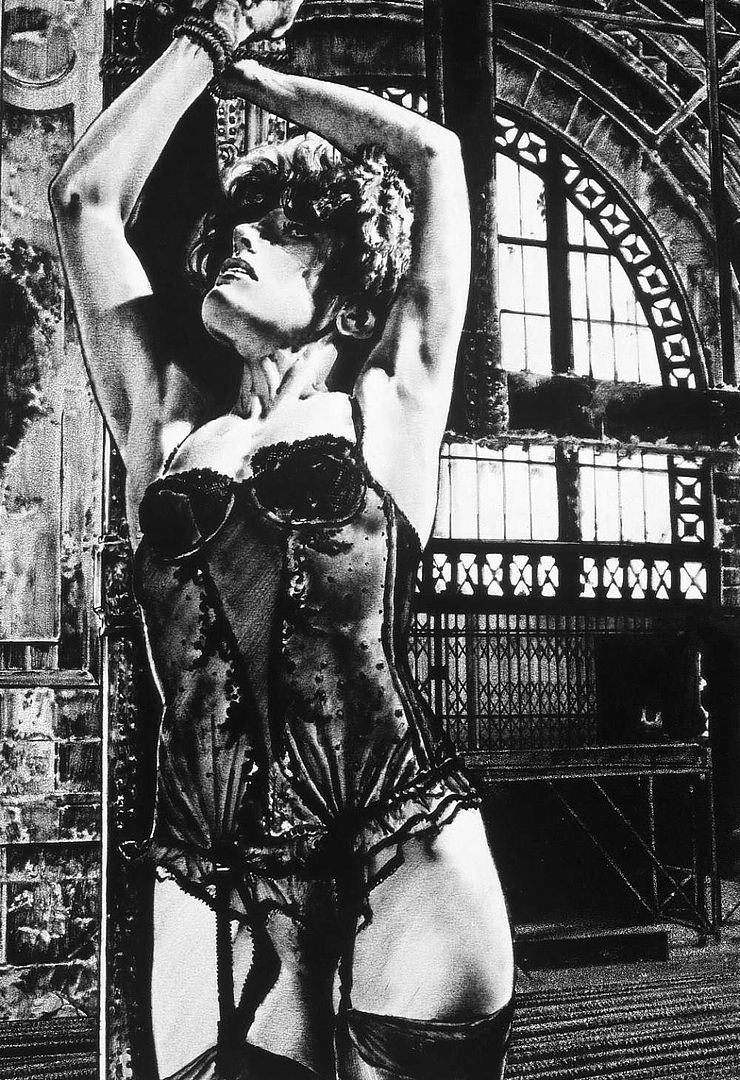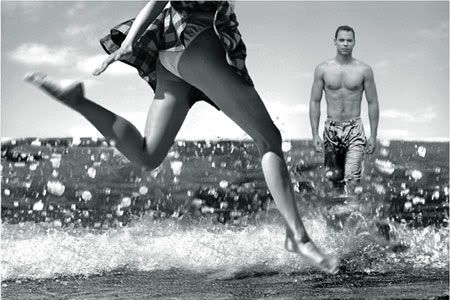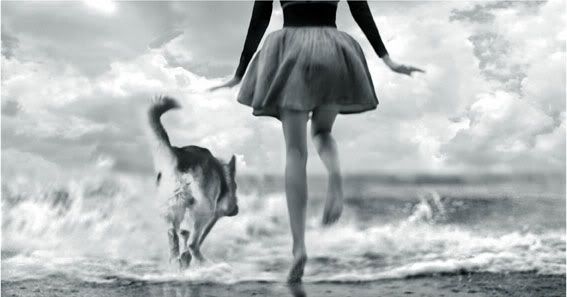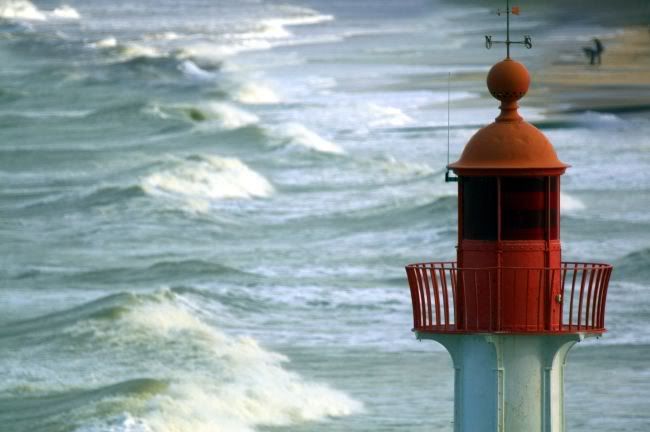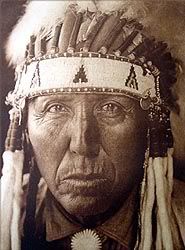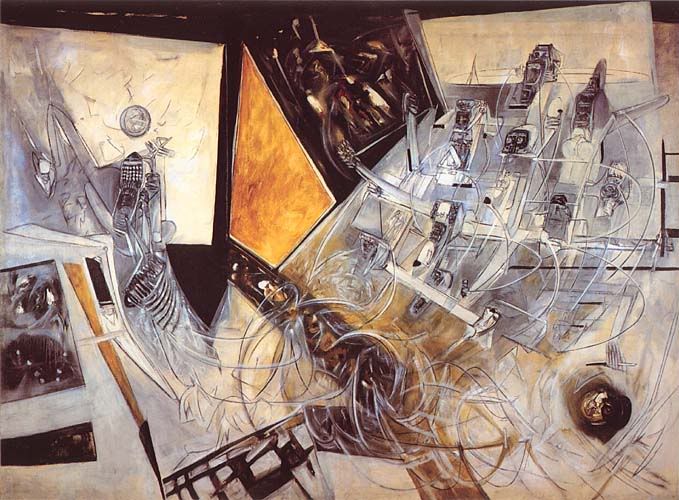 Roberto Matta
Roberto MattaInformación de la
Wikipedia.
Roberto Sebastián Antonio Matta Echaurren, más conocido como Roberto Matta (Santiago de Chile, 11 de noviembre de 1911 - Civitavechia, Italia, 23 de noviembre de 2002) fue un pintor chileno considerado el último de los pintores surrealistas.
Se inició como arquitecto, pero ante la desilusión que le probó el ejercicio de su profesión, partió a mediados de la década de 1930 a Europa, donde conoció a artistas de la talla de Salvador Dalí, René Magritte, André Breton y Le Corbusier.
Precisamente fue Breton quien estimuló al artista chileno, valorando su trabajo e introduciéndolo en el círculo de los principales miembros del movimiento surrealista de París. Matta produjo ilustraciones y artículos para el periódico surrealista Minotaure. Durante este período trabó amis conocimiento con prominentes artistas contemporáneos europeos como Picasso y Marcel Duchamp.
Un momento decisivo para la carrera astística de Matta se produce en 1938 cuando pasa del dibujo a la pintura en óleo, por la cual es muy famoso. Este período coincide con su viaje y residencia hasta 1948 en los Estados Unidos. Sus primeras pinturas, entre las que destaca Invasión nocturna, dieron una indicación de la ruta artística tomada por el pintor. El uso de patrones difusos de luz y gruesas líneas encima de un fondo particular se transformaría en uno de sus sellos característicos. Durante las décadas siguientes de los 40 y 50 su pintura reflejaría el perturbador estado de la política internacional, utilizando imágenes de máquinas eléctricas y personas atormentadas. Al agregar arcilla a sus obras desde los 60 en adelante, le agregó dimensión a su distorsión. El trabajo de Matta agregó nuevas dimensiones a la pintura contemporánea, pese a su ruptura (por causas desconocidas) con el movimiento surrealista en 1947. Pese a que fue readmitido en 1959, su fama ganada es exclusivamente personal. Experimentó distintos formas de expresión artísticas, incluyendo producciones de videos como Système 88, la fotografía y otros medios de expresión.
En 1990 recibió el Premio Nacional de Arte y en 1992 se le otorgó el Premio Príncipe de Asturias de las Artes. Vivió regularmente desde la década del 60 en la ciudad italiana de Civitavecchia con viajes esporádicos a su país. Murió el 23 de noviembre de 2002.
Entre sus principales obras cabe destacar: Morfologías psicológicas, Pista fabulosa de la muerte, El vértigo de Eros, La cuestión Djamile, La vida Allende la muerte.
Labels: Pintores

